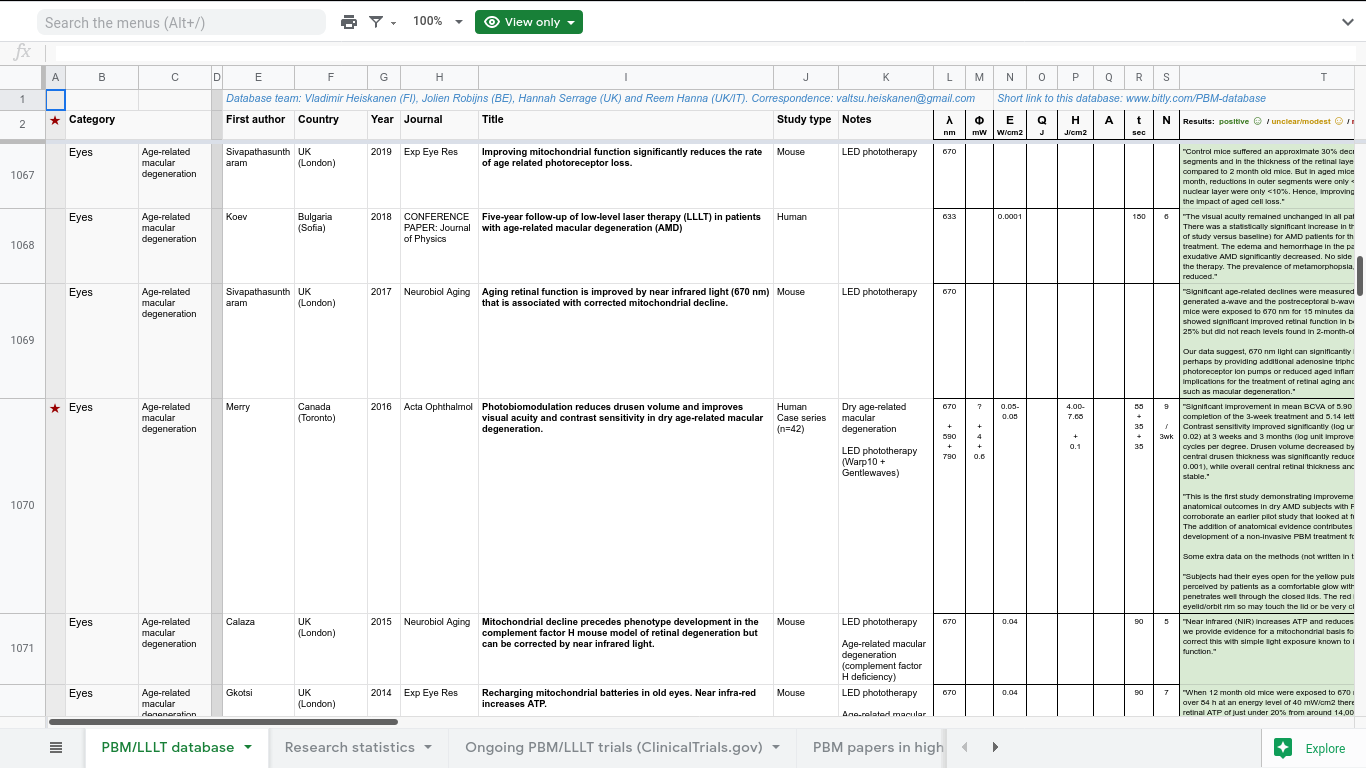Forgotten non-visual effects of light

When we hear about the non-visual effects of light (and these days, everyone just remotely interested in lighting hears about them a lot), it is mostly assumed that the topic in question is how short wavelength light has invigorating effects – governing circadian entrainment, affecting alertness in the daytime, and modulating quality of sleep at night. Of course, this has far reaching implications and it is a complex topic on its own. But, it is still only one topic, revolving around short wavelength stimulation.
So why, then, do we talk about the non-visual effects of light in plural?
Frankly, I don’t know. Basically everything that I have read under this phrase has been circadian clock-related, with maybe an additional brief mention of UV light and vitamin D.
Probably it is because one could count the effects on sleep vs day-time alertness as different effects (of the same core mechanism) – fair enough, let’s just stick with plural then…
Nevertheless, there is a large area of research having extensively studied the physiological effects of light for over half a century, which is never mentioned as part of the “non-visual effects of light.” In the mid ’60s, Endre Mester discovered that ruby laser light (694 nm) induced quicker hair growth on mice. Since then, countless medical applications have been developed along the lines of his observation, attracting attention from both research and industry. There is a broad range of effects of different (mainly long, that is, red and near infra-red) wavelengths on all kinds of tissue, generally referred to as photobiomodulation.
Personal fun fact: from the biophysics side, the practical opponent of Mester’s dissertation (which was based on the above research) was my grandfather, Ferenc Veto. I only learned about this years after I got interested in the topic.
How come that photobiomodulation, or the effects of near infra-red frequencies, never even get a brief mention as part of the non-visual effects of light?
One reason why some may think that these effects don’t deserve a mention is that the minimum effective intensity and dosage are basically unknown. Therefore, it is often assumed that while lab experiments and clinical applications can utilize such effects, they have no relevance to everyday life and to general lighting.
This logic already fails when we compare irradiance levels in studies using low intensity light therapy and those under unoccluded sunlight (they overlap between ~ 1 and 30 mW/cm²). Furthermore, experiments aim for a reasonably short time-frame to be viable – so the effects of prolonged exposure are still an open question. In other words, irradiance levels below 1 mW/cm² may be ineffective in therapeutic settings yet contribute to long-term effects of daylight. This question is particularly interesting when it comes to the retina: due to gaze and pupil behavior, outdoor near infra-red irradiance levels are much lower than stated above. Meantime, we (and even some animals) appear to have an inclination to stare at warm light sources like the setting Sun or a campfire.

Another reason why the field of lighting should not dismiss our existing mechanistic understanding of the physiological effects of long wavelengths is that effective dosages cannot be determined in isolation, likely for any part of the spectrum. Among several other contextual factors, this is also due to interactions with the power distribution in the rest of the spectrum. For example, harm by short wavelength light can be mitigated by exposure to long wavelengths; emmetropization (the development of sharp vision) necessitates balanced exposure to both ends of the visible spectrum; and even within the near-infrared range, specific narrow bands of frequencies can have directly opposing effects.
Add on top of this that sensitivities vary greatly across geographic location, race, let alone individuals. Therefore, just like in color perception, singular metrics are unlikely to have sufficient predictive power regarding the end result (be it perceptual or physiological). What I am trying to say is that, sure, we don’t know if these effects matter for indoor lighting or not (and we never will if nobody studies them… 😉 ). But we cannot say that therefore there must be a threshold, certainly above indoor irradiance levels, below which the whole idea should be dismissed by default and ridiculed whenever it somehow still arises.
Or let’s reverse the question. For a long time, indoor lighting did not and could not provide sufficient circadian stimulation during the daytime. Eventually, did this result in:
“Let’s never talk about it again.”
or:
“Yaay!! – shall we crank those LEDs higher and make special blue lamps to maximize circadian effects?”
The place where you can find everything
For further literature that might be relevant to (day-) lighting, as well as for more of my thoughts on the topic, see here. If you would like to dig deeper though, the best place for doing so is the database maintained by Vladimir Heiskanen, Jolien Robijns, Hannah Serrage, and Reem Hanna.
It contains ~7000 papers, organized by various tags and including brief summaries. They even added separate tables for research statistics, ongoing clinical trials, and other useful links. Research would be so much easier if all areas had a dedicated database like this 🙂
